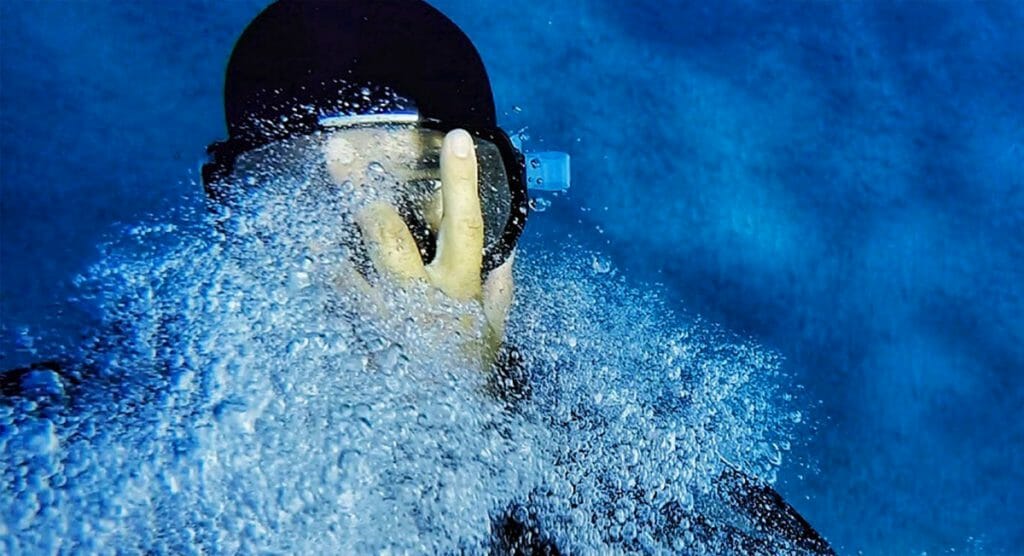Exploring the Underwater Wonders of Nusa Penida: The Best Diving in Bali
Diving enthusiasts from around the globe are increasingly discovering the unparalleled beauty of Nusa Penida. As an island off the southeastern coast of Bali, Nusa Penida offers some of the best diving in Bali, renowned for its vibrant marine life, crystal-clear waters, and dramatic underwater landscapes. This article delves into the extraordinary diving experiences that await in this hidden gem of Indonesia.

The Allure of Nusa Penida Diving
Nusa Penida Diving Paradise boasts a diverse array of dive sites that cater to both beginners and seasoned divers. The island's underwater realm is home to rich biodiversity, including majestic manta rays, elusive mola (sunfish), and a plethora of colourful coral reefs. The visibility here is exceptional, often exceeding 30 meters, allowing divers to fully appreciate the underwater spectacle.
Top Dive Sites in Nusa Penida
One of the most famous dive sites in Nusa Penida is Crystal Bay. Known for its crystal-clear waters, this site is particularly popular during the mola season, which typically runs from July to October. Divers flock to Crystal Bay to catch a glimpse of these enigmatic creatures, which can grow up to 3 meters in length.
Manta Point is another must-visit site. As the name suggests, this dive site is frequented by graceful manta rays. These gentle giants can often be seen gliding through the water, providing an awe-inspiring experience for divers. The site is relatively shallow, making it accessible to divers of all skill levels.
For those seeking a more challenging dive, Toyapakeh offers a thrilling experience with its strong currents and vibrant coral gardens. This site is teeming with marine life, including schools of barracudas, trevally, and an array of smaller reef fish. The strong currents can be challenging, but they also bring nutrient-rich waters that support the abundant marine life.
Preparing for Your Dive
Before embarking on a diving adventure in Nusa Penida, it is essential to be adequately prepared. Ensure that you have the appropriate certification and experience for the dive sites you plan to visit. Many dive operators on the island offer guided dives and courses, catering to all levels of divers.
It's also important to be aware of the local marine conservation efforts. Nusa Penida is part of a marine protected area, and divers are encouraged to follow responsible diving practices to help preserve the delicate underwater ecosystem. This includes not touching or disturbing marine life, avoiding contact with coral reefs, and not leaving any waste behind.
The Best Time to Dive
While diving in Nusa Penida can be enjoyed year-round, certain times of the year offer more optimal conditions. The dry season, from April to October, typically provides the best visibility and calmer seas. This period also coincides with the mola mola season, attracting divers eager to encounter these unique fish.
During the wet season, from November to March, visibility can be reduced due to increased rainfall and runoff. However, manta rays can be spotted throughout the year, making Nusa Penida a worthwhile destination regardless of the season.
Nusa Penida offers some of the best diving experiences in Bali, with its rich marine biodiversity, stunning underwater landscapes, and excellent visibility. Whether you're a seasoned diver or a beginner looking to explore the underwater world, Nusa Penida has something to offer. To learn more about diving opportunities and plan your next adventure, visit balifundiving.com. Dive into the pristine waters of Nusa Penida and discover the incredible underwater wonders that make this island a top diving destination.
Our website is the perfect resource for further details.
Comments
Post a Comment